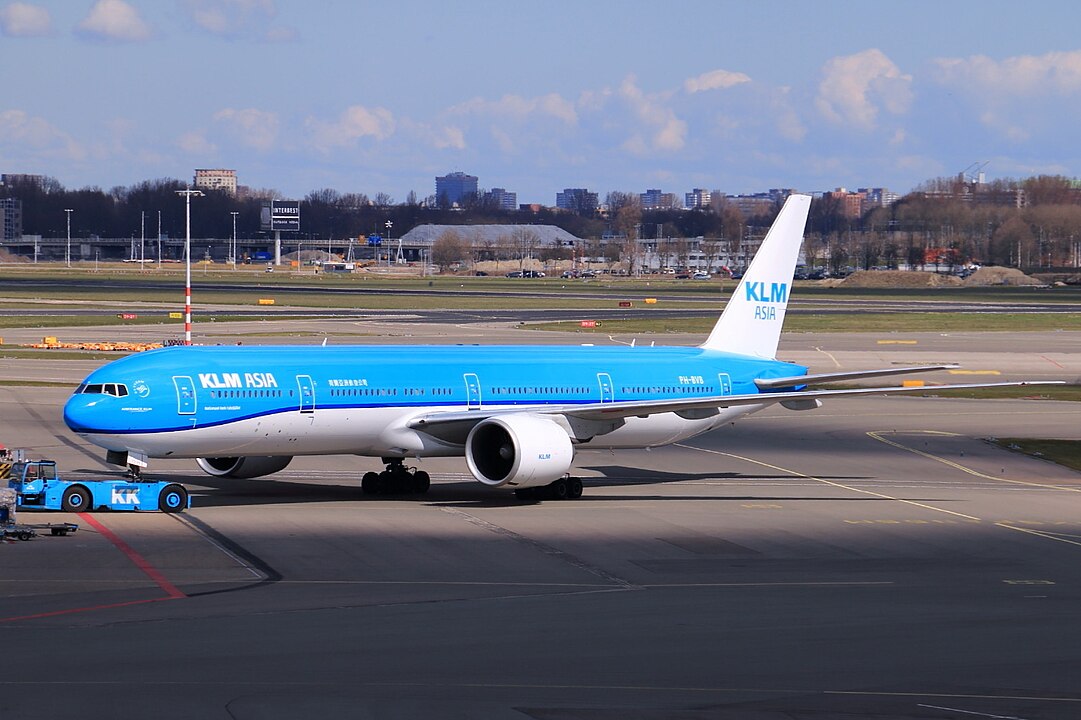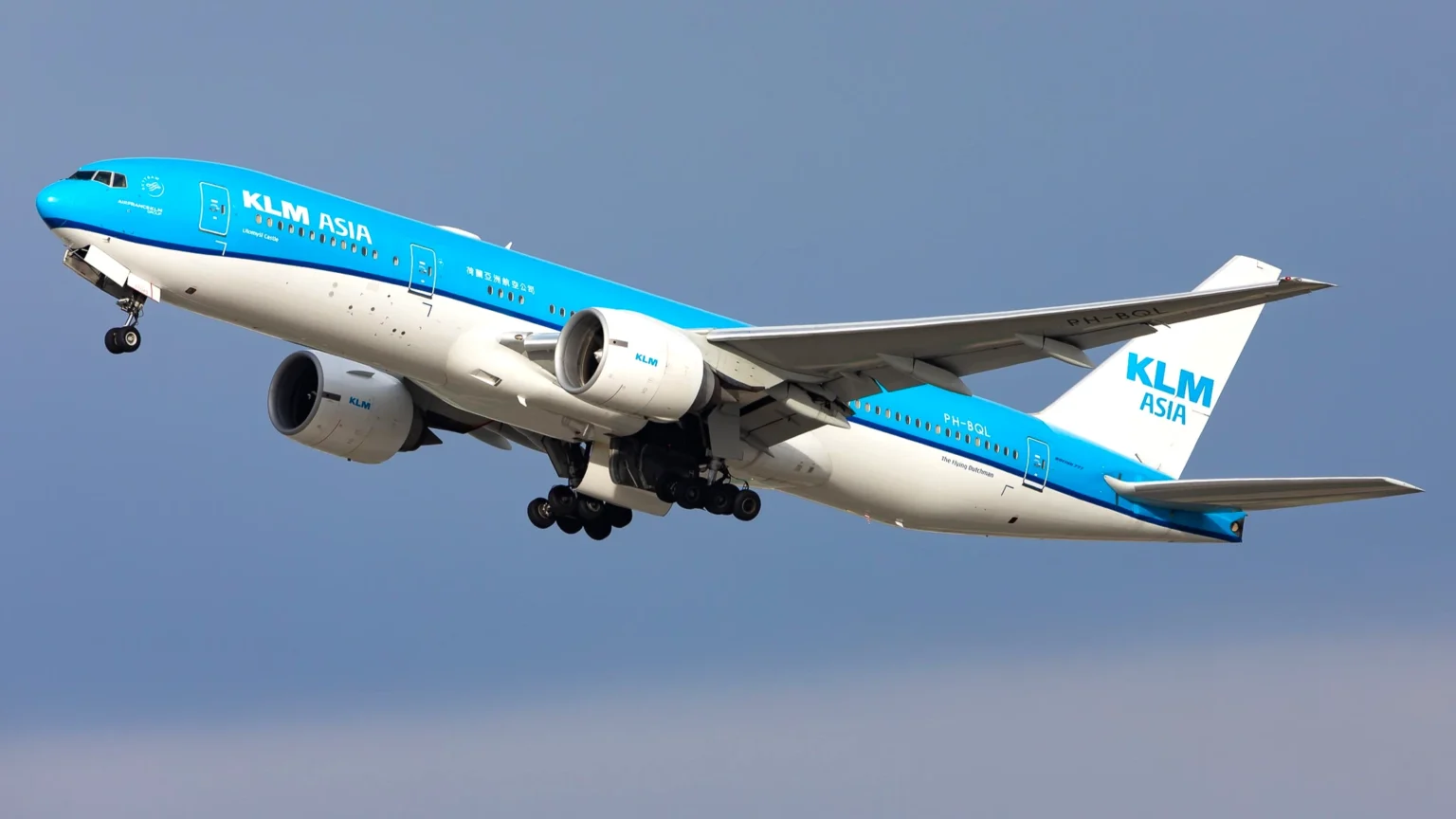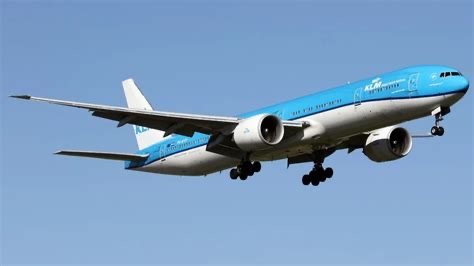 KLM Royal Dutch Airlines flight KL877, a Boeing 777-300ER en route from Amsterdam Schiphol Airport (AMS) to Mumbai (BOM), experienced a significant engine fire shortly after takeoff. The incident prompted an emergency return to Schiphol, where the aircraft landed safely without injuries reported.
KLM Royal Dutch Airlines flight KL877, a Boeing 777-300ER en route from Amsterdam Schiphol Airport (AMS) to Mumbai (BOM), experienced a significant engine fire shortly after takeoff. The incident prompted an emergency return to Schiphol, where the aircraft landed safely without injuries reported.
The aircraft, registered as PH-BVW, departed at 12:03 CEST and encountered the issue while climbing through 6,000 feet. Eyewitnesses observed flames emanating from the left engine. In response, the flight crew halted the ascent, entered a holding pattern over the North Sea, and initiated fuel dumping procedures to reduce landing weight—a standard safety measure in such scenarios .
Passengers onboard reported heightened anxiety during the nearly two-hour ordeal, though the cabin crew maintained composure and managed the situation effectively. Upon landing, emergency services were on standby, and the aircraft touched down without further incident.
 Preliminary assessments suggest the engine fire may have resulted from a compressor stall or a bird strike, both known to cause severe engine damage. Given Schiphol Airport’s proximity to wetlands and farmland, bird activity is a recognized risk factor in the area .
Preliminary assessments suggest the engine fire may have resulted from a compressor stall or a bird strike, both known to cause severe engine damage. Given Schiphol Airport’s proximity to wetlands and farmland, bird activity is a recognized risk factor in the area .
The incident caused significant disruptions at Schiphol Airport, affecting numerous flights and leaving many passengers stranded. With the Amsterdam–Mumbai route experiencing a 28% increase in demand this year, the impact of such disruptions is notably amplified .
 Dutch aviation authorities have launched a comprehensive investigation into the incident, focusing on cockpit communication logs, engine telemetry, and potential environmental factors. KLM has stated that safety remains its top priority and is cooperating fully with the investigation.
Dutch aviation authorities have launched a comprehensive investigation into the incident, focusing on cockpit communication logs, engine telemetry, and potential environmental factors. KLM has stated that safety remains its top priority and is cooperating fully with the investigation.
This event underscores the critical importance of rigorous safety protocols and effective crisis management in aviation, particularly on high-traffic international routes.

